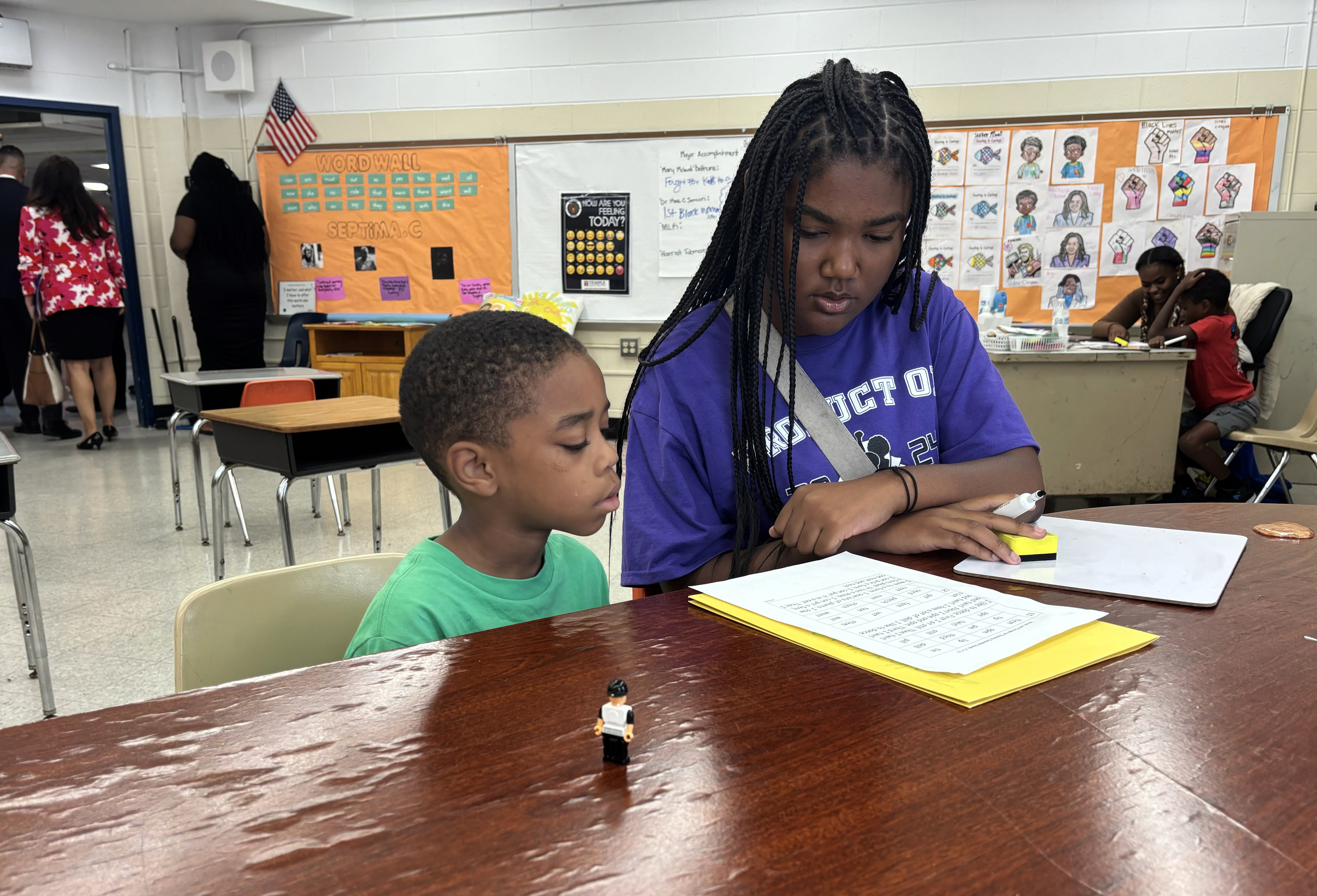Rhinelander School District Advances Technical Education Facilities Upgrade
Project Overview and Objectives
The Rhinelander School District in Wisconsin is currently three months into a comprehensive $26 million building upgrade project aimed at enhancing technical education. This initiative aligns with the United Nations Sustainable Development Goals (SDGs), particularly Goal 4: Quality Education, by improving educational infrastructure and promoting skills development.
Scope of the Upgrade
- Upgraded classrooms in both the high school and middle school.
- New construction and automotive laboratories at the high school.
- Renovations to the front entrance of the middle school to improve safety and aesthetics.
Community and Economic Impact
Superintendent Eric Burke emphasized the dual benefits of the project, stating it supports both students and the wider community. This initiative contributes to SDG 8: Decent Work and Economic Growth by preparing students for careers in trades industries, which are vital to the Northwoods region’s future economic development.
Stakeholder Engagement and Project Funding
- Feedback from local employers highlighted the need for enhanced preparation of students for trade careers.
- Following a successful referendum in April 2024, the district partnered with C.D. Smith Construction to implement the project.
Project Timeline and Implementation
- Classroom upgrades are scheduled for completion by the start of the school year in early September.
- Construction and automotive labs are expected to be finalized during the fall semester.
- Renovations to the middle school entrance are underway to enhance safety and appearance.
Jason Zweifel, Construction Superintendent at C.D. Smith Construction, noted the intensive work during summer months to meet these deadlines.
Alignment with Sustainable Development Goals
- SDG 4: Quality Education – By upgrading educational facilities and expanding technical training, the project enhances equitable access to quality education and lifelong learning opportunities.
- SDG 8: Decent Work and Economic Growth – The focus on trades education supports workforce development and local economic resilience.
- SDG 9: Industry, Innovation, and Infrastructure – Modernized labs and classrooms foster innovation and build resilient infrastructure for education.
- SDG 11: Sustainable Cities and Communities – Renovations improve school safety and community infrastructure.
The Rhinelander School District’s building upgrade project exemplifies a strategic investment in education infrastructure that supports sustainable development and community prosperity.
Copyright 2025 WSAW. All rights reserved.
1. Sustainable Development Goals (SDGs) Addressed or Connected
- SDG 4: Quality Education – The article focuses on upgrading educational facilities and technical education, directly relating to ensuring inclusive and equitable quality education and promoting lifelong learning opportunities.
- SDG 8: Decent Work and Economic Growth – By preparing students for trades industries and responding to local employer feedback, the project supports sustained, inclusive economic growth and productive employment.
- SDG 9: Industry, Innovation, and Infrastructure – The construction of new labs and upgraded classrooms contributes to building resilient infrastructure and fostering innovation.
- SDG 11: Sustainable Cities and Communities – Renovations such as a new safe entrance at the middle school contribute to making communities inclusive, safe, and sustainable.
2. Specific Targets Under Those SDGs
- SDG 4 Targets:
- 4.3 – Ensure equal access for all women and men to affordable and quality technical, vocational and tertiary education, including university.
- 4.a – Build and upgrade education facilities that are child, disability and gender sensitive and provide safe, non-violent, inclusive and effective learning environments for all.
- SDG 8 Targets:
- 8.6 – Reduce the proportion of youth not in employment, education or training.
- 8.3 – Promote development-oriented policies that support productive activities, decent job creation, entrepreneurship, creativity and innovation.
- SDG 9 Targets:
- 9.1 – Develop quality, reliable, sustainable and resilient infrastructure, including regional and transborder infrastructure, to support economic development and human well-being.
- SDG 11 Targets:
- 11.7 – Provide universal access to safe, inclusive and accessible, green and public spaces.
3. Indicators Mentioned or Implied to Measure Progress
- SDG 4 Indicators:
- 4.3.1 – Participation rate of youth and adults in formal and non-formal education and training in the previous 12 months.
- 4.a.1 – Proportion of schools with access to basic facilities (electricity, internet, water, sanitation, etc.) and safe learning environments.
- SDG 8 Indicators:
- 8.6.1 – Proportion of youth (aged 15-24 years) not in education, employment or training.
- 8.3.1 – Proportion of informal employment in non-agriculture employment, by sex.
- SDG 9 Indicators:
- 9.1.1 – Proportion of the rural population who live within 2 km of an all-season road.
- 9.1.2 – Passenger and freight volumes, by mode of transport.
- SDG 11 Indicators:
- 11.7.1 – Average share of the built-up area of cities that is open space for public use for all, by sex, age and persons with disabilities.
4. Table of SDGs, Targets and Indicators
| SDGs | Targets | Indicators |
|---|---|---|
| SDG 4: Quality Education |
|
|
| SDG 8: Decent Work and Economic Growth |
|
|
| SDG 9: Industry, Innovation and Infrastructure |
|
|
| SDG 11: Sustainable Cities and Communities |
|
|
Source: wsaw.com







